Lepa Radić joined the Yugoslavian Partisans when she was just 15 years old. For two years, she fought Nazi oppression until the Nazis captured and executed her. But her actions inspired her people, and her heroism is still remembered today.
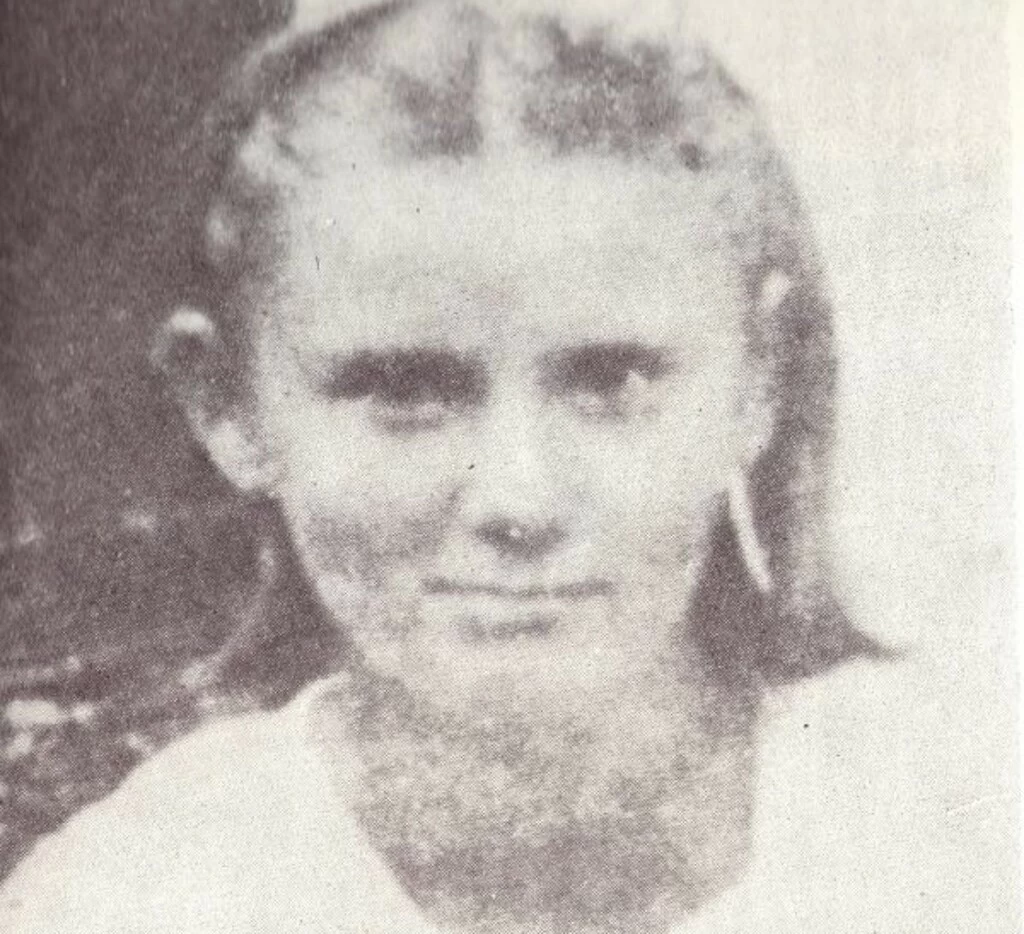
As World War II began and the Nazis conquered most of continental Europe. Local resistance movements appeared in nearly every Nazi-occupied nation. These resistance groups performed various actions, from publishing anti-fascist literature to shepherding refugees and downed Allied pilots out of danger, to conducting guerilla raids that sabotaged the Nazi war machine.
It’s impossible ever to know how many people fought in these secret resistance groups. While some resistance members were former military, many were ordinary civilians, and some were even teenagers or children. When the war arrived in their homeland, these freedom fighters risked everything to oppose fascism.
Yugoslavia Leading Up To World War II
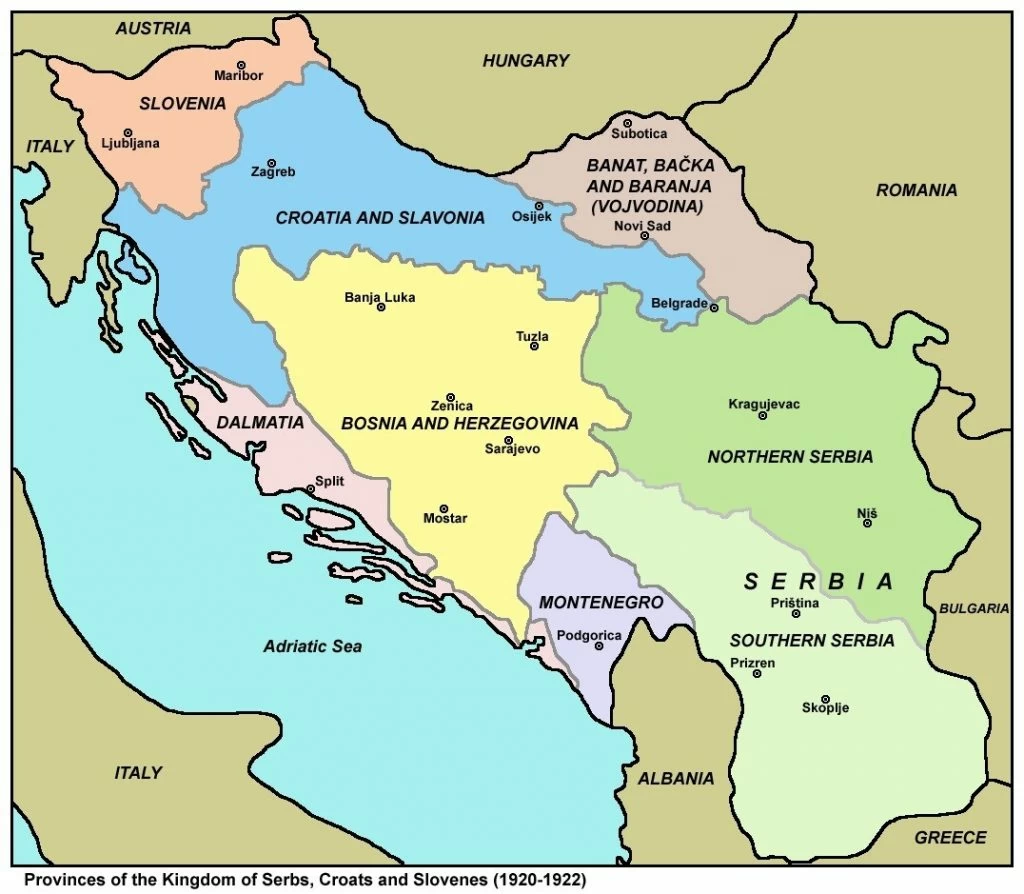
The creation of the Kingdom of Yugoslavia occurred in the aftermath of World War I. The multi-ethnic nation of Serbs, Croats, Bosnians, and Slovenians began as a democracy. However, by 1929, it became a royal dictatorship. As the Nazis came to power in Germany in the 1930s, the Kingdom of Yugoslavia attempted to remain neutral and shared intelligence with Great Britain. But on March 25th, 1941, Yugoslavia yielded to Nazi pressure and ratified the Tripartite Pact, a defensive alliance first created by Germany, Japan, and Italy. This action essentially aligned Yugoslavia with the Axis Powers.
Operation Pastorius: Hitler’s Attempt to Blow Up America
Just two days later, in response to the treaty signing, Yugoslavian military leaders aided by British intelligence orchestrated a coup, installing the 17-year-old King Peter II as the head of a government that hoped to stay out of the war.
Nazis Invade And The Resistance Is Born
At the time, Hitler planned Operation Barbarossa, an invasion of the Soviet Union that would become the most massive military operation in history. However, the emergence of a nationalist Yugoslavian government forced Hitler to alter his plans. He issued Fuhrer Directive 25, which classified the new Yugoslavian government as hostile and ordered its invasion. The Nazi invasion of Yugoslavia began on April 6th, and Yugoslavia surrendered 11 days later. But the attack also delayed Barbarossa by four weeks. Because of that, some historians have speculated that this may have contributed to the operation’s eventual failure.
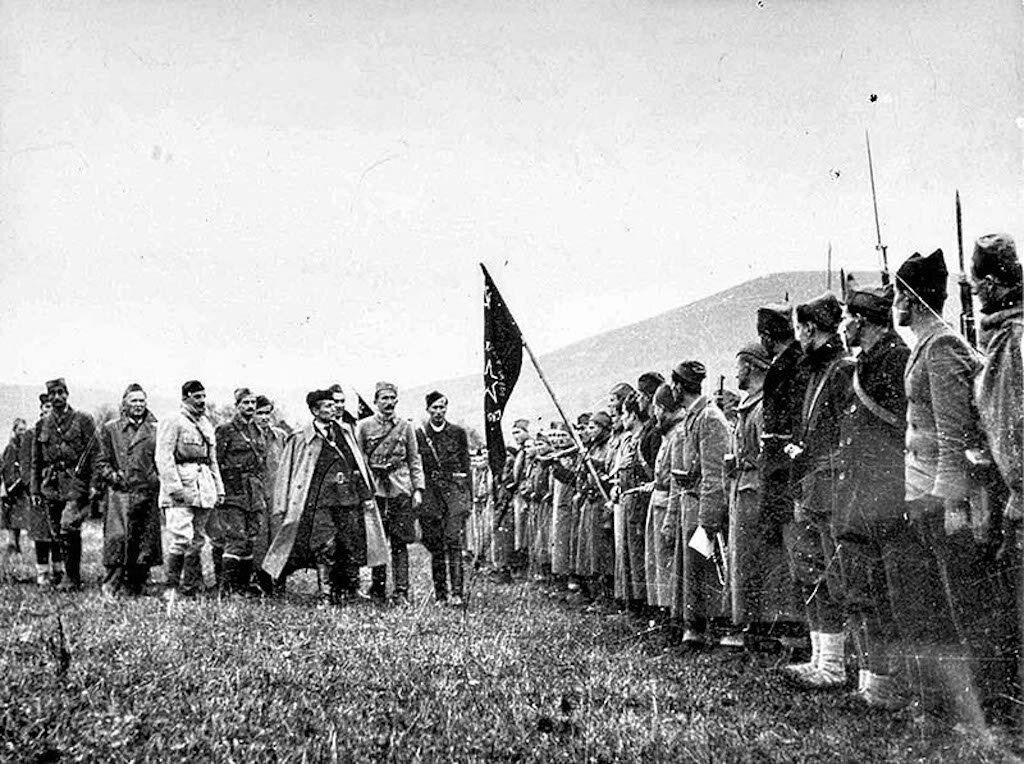
The Nazis annexed northern Slovenia and occupied Serbia. They subsequently turned Croatia and Bosnia-Herzegovina into the Independent State of Croatia on 10 April 1941. The Ustaše regime ruled this nominally independent nation, a Nazi puppet that would brutally oppress native Jews, Roma, and Serbs. But while the Ustaše government controlled the major cities, the Nazi invasion failed to pacify its mountainous regions. This failure allowed two resistance groups to emerge, the Chetniks and the Partisans.
Chetniks and Partisans
The Chetniks were primarily Yugoslavian ex-military and loyal to the royalist government in exile. While some Chetniks opposed Nazi rule, others were more concerned about the nation’s emerging Communist movement. The Chetniks sometimes collaborated with their Nazi occupiers, and some Chetnik operatives would commit war crimes of their own.
As for the Partisans, World War II presented an opportunity to operate more openly than ever before. Yugoslavia banned Communism in 1921, forcing its Communist Party underground. The military coup allowed the Yugoslavian Community Party to emerge. After the subsequent Nazi invasion, the Yugoslavian Communists became the Partisans, under the leadership of Josip “Tito” Broz.
A Young Party Member Named Lepa Radić
Lepa Radić was born December 19th, 1925, to Serbian parents, in the village of Gašnica, in modern-day Bosnia-Herzegovina. During her school years, she was reportedly a serious and studious student.
Her uncle, Vladeta Radić, was involved in the underground labor movement. Under his guidance, Lepa developed Communist views. Because of that, she became active in the League of Communist Youth of Yugoslavia (SKOJ) throughout her childhood. She subsequently joined the Yugoslavian Communist Party in early 1941.
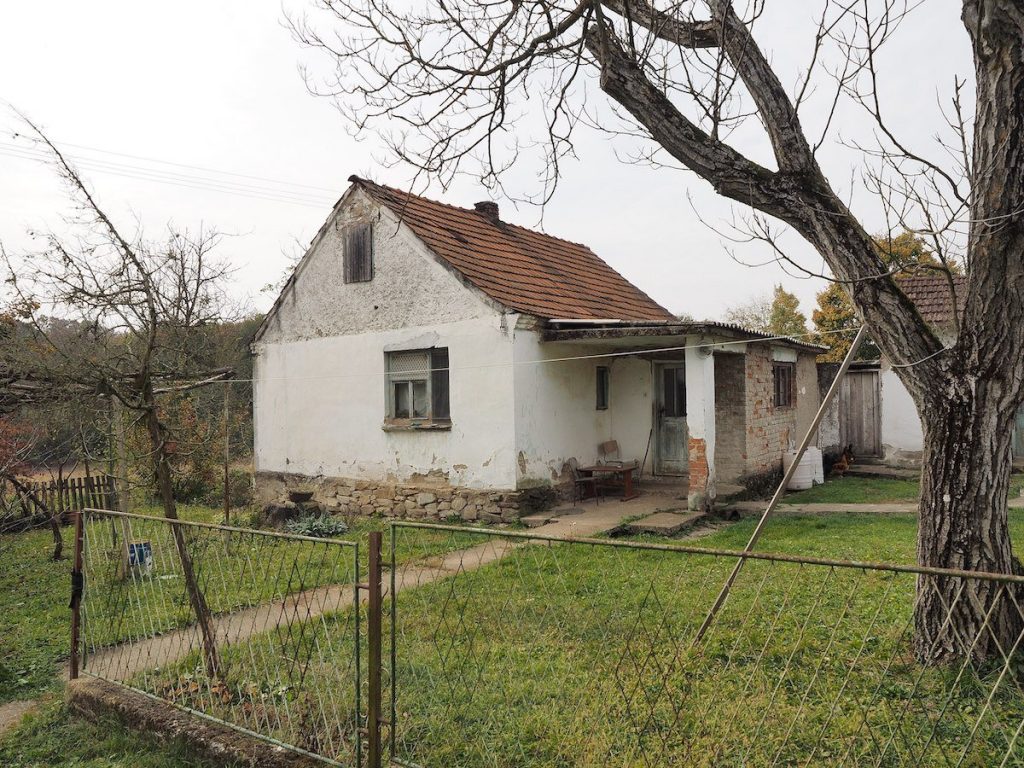
After the Nazi invasion, her father Svetor and her uncles Vladeta and Voja joined the Partisan movement in July of 1941. But by November, their activities attracted the attention of the Ustaše. They arrested her entire family and held them at the Stara Gradiška prison. Twenty days later, undercover Partisans helped Lepa and her sister Dara escape. After their rescue, Lepa and Dara joined the Partisans, serving in the 7th Partisan company of the 2nd Krajiški Detachment. Lepa was just 15 years old.
Partisan Activities
Lepa Radic first served as a nurse, then took a youth course in the village of Lamovita. Her youth and ability to connect with young people quickly proved to be an advantage. She became a SKOJ field activist near Prijedor and later became a political leader near Podgrmec. Sometimes, this meant traveling to villages to recruit new Partisans. But she also participated in every major operation in the area, including combat.
Ancient History of the Swastika and Its Fall From Grace
On one mission, she led a group of young people to harvest grain close to enemy positions. In January 1943, she led a group of youths who presented Tito with traditional Krajina gifts during a troop inspection.
In January 1943, the Nazis and their occasional allies, the Chetniks, launched Case White, a major offensive against the Yugoslavian Partisans. As a result, this operation would devastate and nearly destroy the Partisans. After the Battle of Neretva, Lepa was responsible for evacuating the wounded to a field hospital near Grmeč. Saving the wounded was a crucial part of the Yugoslav Partisans’ strategy. Tito had vowed never to leave the wounded behind on the battlefield because the Axis routinely executed them.
Capture And Execution
In February, units from the 7th SS Prinz Eugen Division surrounded Lepa and 150 refugees including women and children. Lepa refused to surrender. She fired all the ammunition from her rifle at the advancing Nazis before being captured and taken to the village of Bosanska Krupa.
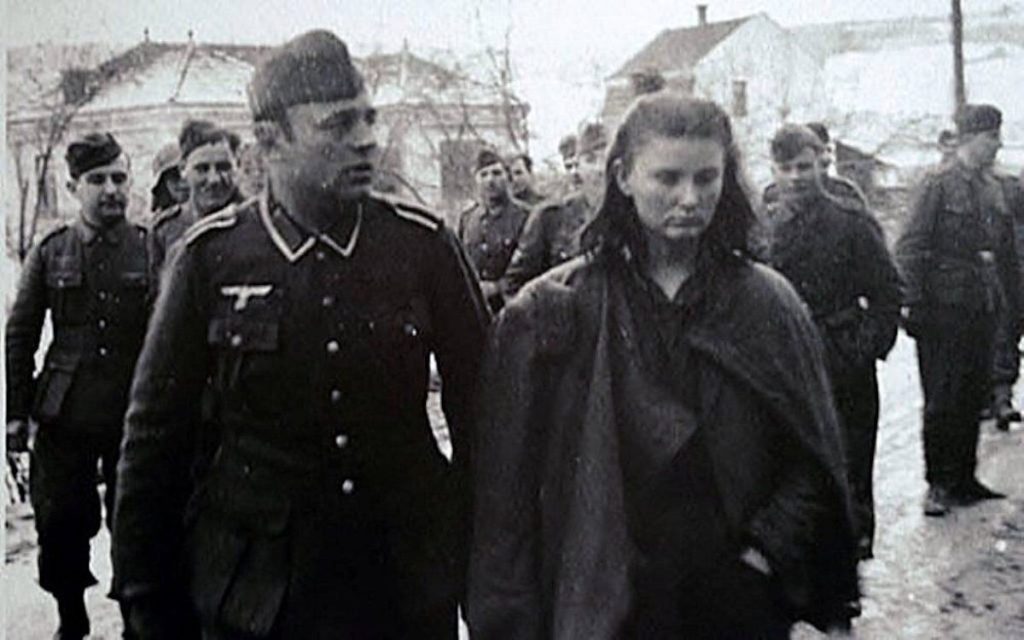
The Nazis tortured her for three days, demanding to know her Partisan comrades’ names and locations. But she refused. Consequently, they sentenced her to death for shooting at Nazi soldiers. As they placed the noose around her neck, she cried out to the crowd:
“Long live the Communist Party, and partisans! Fight, people, for your freedom! Do not surrender to the evildoers! I will be killed, but there are those who will avenge me!”
The Nazi commander offered to spare her life in exchange for the names of her Communist allies. Instead, she replied:
“I am not a traitor of my people. Those whom you are asking about will reveal themselves when they have succeeded in wiping out all you evildoers, to the last man.”
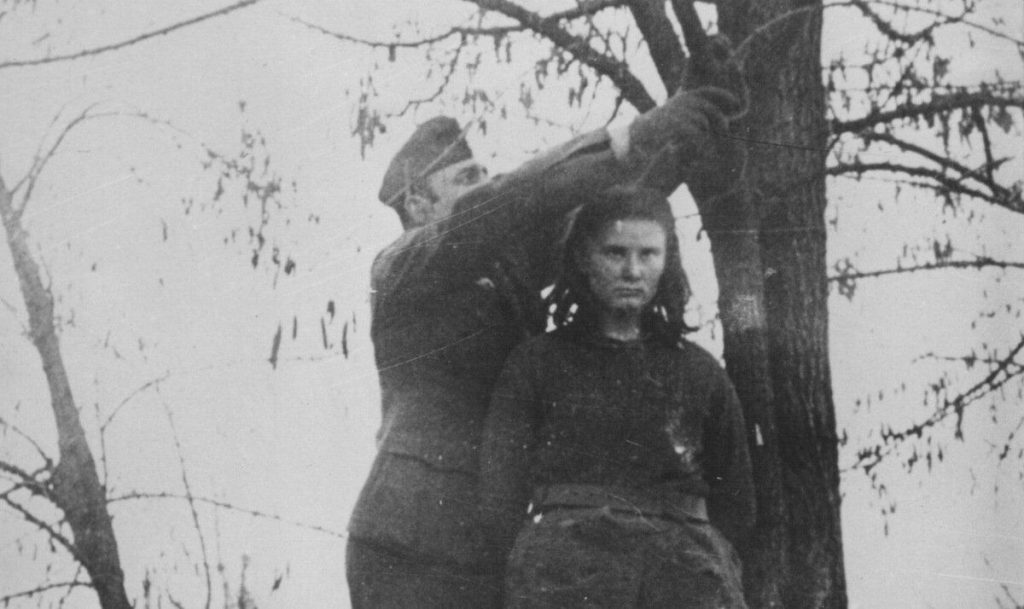
Nazis executed Lepa Radić on February 8th, 1943. She was just 17. The Nazi report on her execution read: “The bandit girl, hanging in Bosanska Krupa, has shown unprecedented defiance.”
Lepa Svetozara Radić – A National Hero
After the war, the Yugoslavian Communist Party under Tito became the country’s ruling party. As a result, the party recognized Yugoslavian Partisans as one of the most effective guerilla armies in the entire war. In 1951, Lepa posthumously received the Order of the People’s Hero award, the nation’s second-highest military honor. Today, she continues to inspire those who stand up to tyranny.